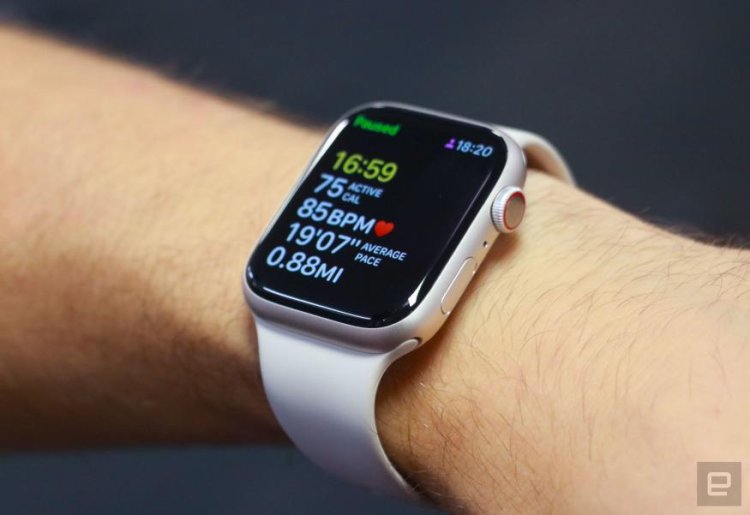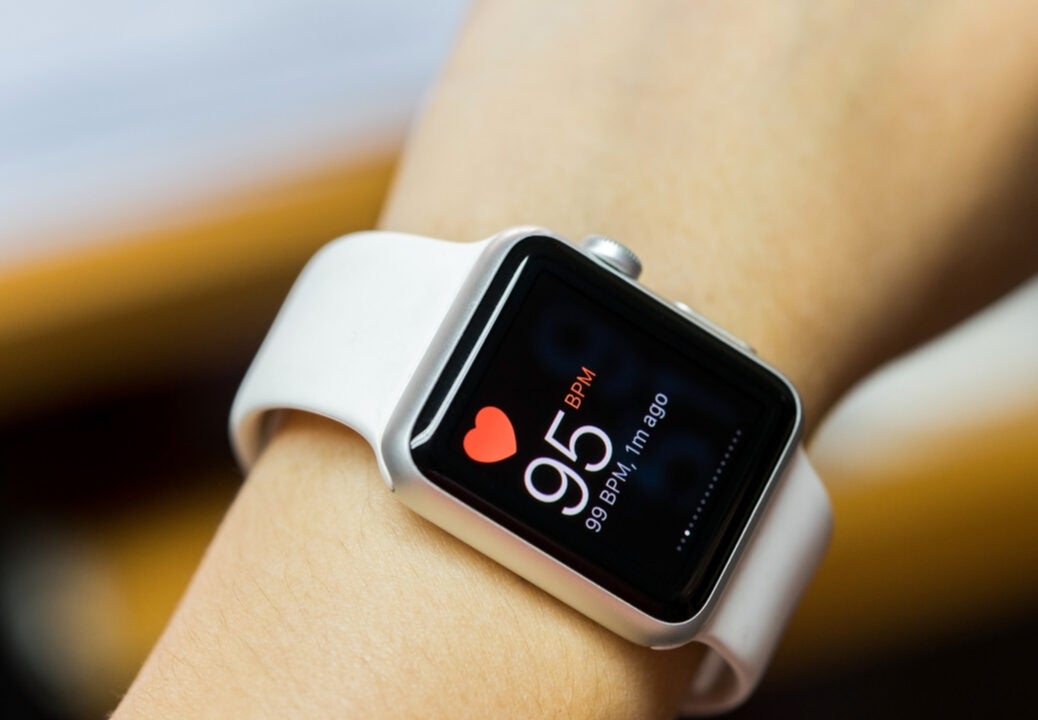How Do Smart Watches Measure Blood Pressure
Smartwatches use photoplethysmography to measure blood pressure, generating green light to track changes in skin blood flow. The blood pressure is then estimated by algorithms, providing convenient but potentially less precise monitoring.

According to the Centres for Disease Control and Prevention, hypertension (high blood pressure) affects 116 million Americans. According to another data provided by the American Medical Group Foundation, 20% of persons living with hypertension are unaware of their condition.
Regular blood pressure checks are essential for diagnosing hypertension early and obtaining medical attention. Your doctor can check your blood pressure using a standard cuff reader attached to a monitor. Additionally, you can purchase this equipment for home use or visit a drug store/pharmacy to have a specialist take your blood pressure readings.
All of these situations, however, are insufficient to warrant measuring your blood pressure twice daily, as medical professionals urge. Furthermore, the cuffs are uncomfortable for some people, particularly those with larger arms, and may create inaccuracies in recording due to high blood pressure caused by hospital fear.
Because of this necessity, health-tech companies have created wearables that allow users to test their blood pressure while on the road. One of these wearables that has made a significant contribution to blood pressure monitoring is the smartwatch.
But how can smartwatches take blood pressure readings?

Blood Pressure Measurement in Smartwatches
To comprehend how smartwatches detect blood pressure, we must first understand how blood circulates in the body. A heartbeat happens when the heart sends blood to body parts and the blood returns to the heart after supplying oxygen to the body.
The heart exerts greater pressure when delivering oxygen-rich blood to the body than when returning blood to the heart. In a healthy person, the former is known as systolic blood pressure and should be about 120mmHg.
The pressure created as deoxygenated blood rushes back to the heart from the body parts is known as diastolic blood pressure, and the ideal level is 80mmHg.
Blood pressure is measured in millimetres of mercury (mmHg).
It is important to note that elevated blood pressure is expressed as a systolic/diastolic ratio. For example, if your systolic blood pressure is 120mmHg and your diastolic blood pressure is 77mmHg, your blood pressure reading is 120/77mmHg.
Moving on, smartwatches use two technologies to detect heart rate and, as a result, blood pressure.
Electrocardiography (ECG) Technology
Electrocardiography technology is a concept that use a sensor to track the timing and strength of electrical signals produced by the heart. The sensor determines how long it takes a single pulse to travel from the heart to the wrist. This phenomenon is known as pulse transit time (PTT).
A quick PTT suggests high blood pressure, whereas a sluggish PTT indicates low blood pressure. When employing this method, you should sit steady and raise the watch-wearing hand to the level of your heart. Wear a cuff on the upper arm to temporarily stop blood circulation before taking your blood pressure.
Furthermore, avoid caffeine and alcohol thirty minutes before taking your blood pressure because these chemicals raise your heart rate, resulting in inaccurate readings.
The Samsung Galaxy Watch 4, which measures your blood pressure alongside a Health Monitor App, is an example of a smartwatch that uses ECG technology.
Photoplethysmography (PPG) Technology
Photoplethysmography is made up of three words: photo, "plethysmo", and graph. The term "photo" refers to light, "plethysmo" refers to variation in volume in a body component, and the graph is a graphic that depicts the relationship between two variables.
In other words, photoplethysmography measures the volume of blood flowing through the arteries using a light sensor. Variations in volume can produce oscillations in heart rate, resulting in varied blood pressures.
This method has a drawback in that you must calibrate the smartwatch using a regular blood pressure monitor at first and then every four weeks to ensure accurate results. The Apple Watch monitors blood pressure through PPG and ECG sensors, as well as third-party apps like Qardio.
Conclusion
Blood pressure monitoring is one of the many ways smartwatches have proven useful. These smart devices use two methods to assess your blood pressure: electrocardiography and photoplethysmography.
The former entails determining the timing and strength of electrical signals that comprise a heartbeat. Simultaneously, the latter employs high-efficiency light sensors to detect volume changes in the blood, which indicate variations in blood pressure.













